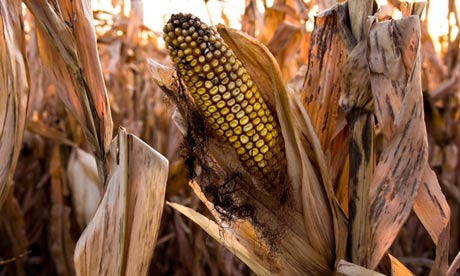 |
| José Graziano da Silva |
José Graziano da Silva, the FAO's director general, conceded it was not possible to stop large investors buying land, but said deals in poor countries needed to be brought under control.
"I don't see that it's possible to stop it. They are private investors," said Graziano da Silva in a telephone interview. "We do not have the tools and instruments to stop big companies buying land. Land acquisitions are a reality. We can't wish them away, but we have to find a proper way of limiting them. It appears to be like the wild west and we need a sheriff and law in place."
Large land deals have accelerated since the surge in food prices in 2007-08, prompting companies and sovereign wealth funds to take steps to guarantee food supplies. But, four to five years on, in Africa only 10-15% of land is actually being developed, claimed Graziano da Silva. Some of these investments have involved the loss of jobs, as labour intensive farming is replaced by mechanised farming or some degree of loss of tenure rights.
Oxfam said the global land rush is out of control and urged the World Bank to freeze its investments in large-scale land acquisitions to send a strong signal to global investors to stop.
Graziano da Silva, who was in charge of Brazil's widely praised "zerohunger" programme, expressed his frustration at the slow pace of creating a global governance structure to deal with land grabs, food security and similar problems. In 2008, the UN secretary general, Ban Ki-moon,created a high-level task force on food security on which Graziano Da Silva serves as vice-chairman.
In May, the committee on world food security (CFS), a UN-led group that includes governments, business and civil society, laid the groundwork for a governance structure for food by endorsing voluntary guidelines on the responsible governance of tenure of land, fisheries and forests.
Tenure has important implications for development, as it is difficult for poor and vulnerable people to overcome hunger and poverty when they have limited and insecure rights to land and other natural resources. But the guidelines took years to negotiate and lack an effective enforcement mechanism because they are voluntary. The CFS is an unwieldy group but has the virtue of inclusivity.
"It took two years to discuss the voluntary guidelines and now we face another two years of negotiations on the principles for responsible agricultural investments," said Graziano da Silva. "We need to speed up the decison-making process without losing the inclusivity model." More





